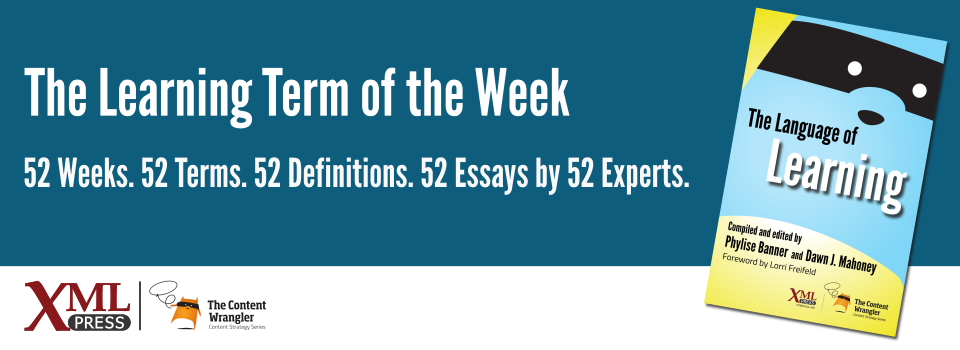What is it?
A methodology for pinpointing the underlying causes of scrap learning associated with a training program using five key metrics.
Why is it important?
Ensuring a positive return, of both time and money, on a training program is of utmost concern to C-level executives. It should be of equal interest to business professionals concerned about training. However, research indicates that the amount of time and money wasted on training programs is 45–85%(ATD 2019). This gap between training delivered, but not applied, is known as scrap learning—the flipside of training transfer. Regardless of the percentage, scrap learning is a critical business issue because it wastes time and money.
Why does a business professional need to know this?
Decisions based on opinion, intuition, and gut feeling are no longer in vogue. Data-driven decision making is the new norm. Predictive learning analytics, and its use of data to pinpoint the underlying causes of scrap learning associated with a training program, is part of this new norm.
Scrap learning, or the difference between training delivered but not applied back on the job, has been around forever. Scrap learning is the three-thousand-pound elephant in the room whenever business executives and learning professionals engage in a discussion about using a particular solution to address a performance gap or need. It’s the elephant in the room because both the business executive and learning professional are fully aware that scrap learning exists. However, neither one wants to talk about it because, previously, there has never been a way to measure, monitor, and manage it.
Consider the effect scrap learning has on an organization’s average per-employee training expenditure and the average number of training hours consumed per employee. According to the Association for Talent Development’s 2019 State of the Industry Report, in 2018, the average organization spent $1,299 per employee on training(ATD 2019). And the average employee spent 34 hours in training. When 45% or more of that is wasted, it is easy to see how much scrap learning costs the average company.
Predictive learning analytics offers a solution to cut this waste by using data to pinpoint its underlying causes(IBM, predictive analytics)(SAS, predictive analytics).
References
- (Phillips 2020) Evaluate Learning With Predictive Learning Analytics: Phillips, Ken. (2020). Requires subscription or purchase.
- (SAS) Predictive Analytics: What it is and why it matters: SAS Insights. A history of predictive analytics and a description of why it is important.
- (IBM) What is predictive analytics?: IBM. Defines the term and links to a presentation that goes into more detail.
- (ATD 2019) 2019 State of the Industry: Talent Development Benchmarks and Trends: Association for Talent Development (ATD). Requires subscription or purchase.

